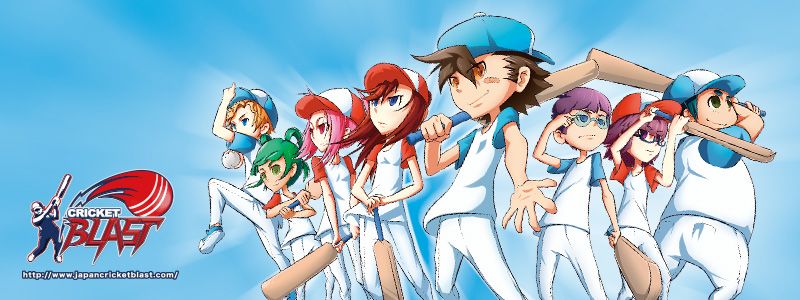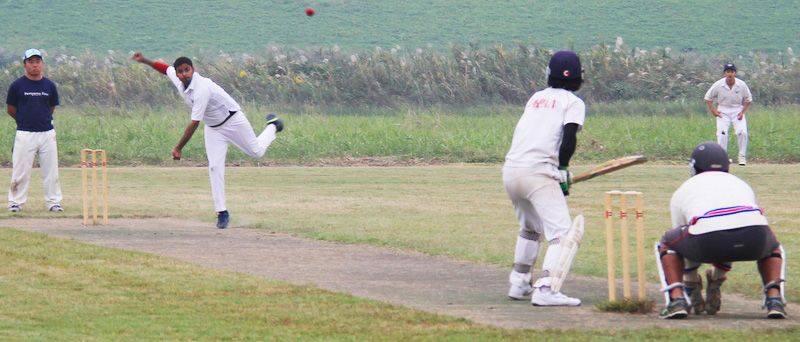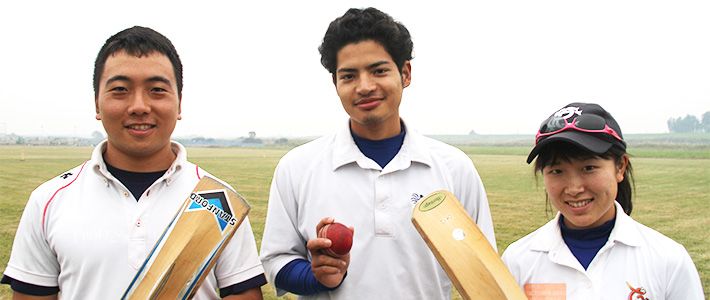
Cricket Finds a Niche in Japan
Culture- English
- 日本語
- 简体字
- 繁體字
- Français
- Español
- العربية
- Русский
England’s surprise early exit from the Cricket World Cup in 2015 inspired a cheeky tweet from the Japan Cricket Association, suggesting a game in Japan to fill up the gap in its schedule. As the tweet went viral, it may have been the first time for many cricket fans around the world to learn that Japan actually has a team. But while it remains very much a minor sport at present, cricket in Japan is getting organized and growing in popularity.
The Home of Japanese Cricket
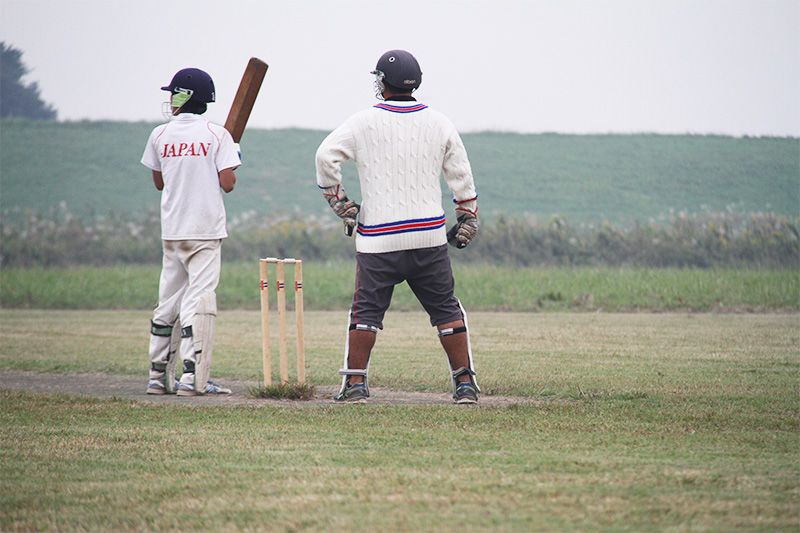 A Japan Cup finals match between Sano and Japan Development XI. Sano progressed to the final, but lost to the champions Tochigi by 81 runs.
A Japan Cup finals match between Sano and Japan Development XI. Sano progressed to the final, but lost to the champions Tochigi by 81 runs.
On a gray October afternoon, four games of cricket took place beside a river in Sano, Tochigi Prefecture, 80–90 kilometers north of Tokyo. It was the first day of the Japan Cup finals, in which eight teams from around the country competed to become national champions. Although Sano did not suffer the same severe flooding as other parts of the prefecture in September’s heavy rains, the manager of the Chiba Sharks, Aditya Tallapragada, described how rising river water had temporarily overwhelmed the pitches.
Fortunately, there were no ill effects from the inundation. Cricket pitches are a scarce resource in Japan, where there is heavy competition for space from baseball and soccer. Due to efforts by the JCA to forge ties with the local authorities, Sano has become Japan’s cricket capital, and only in this city are there enough pitches to hold an event like the Japan Cup finals. Elsewhere, facilities are much more limited and teams often end up traveling long distances, laying out artificial turf, or settling for indoor practice using tennis balls.
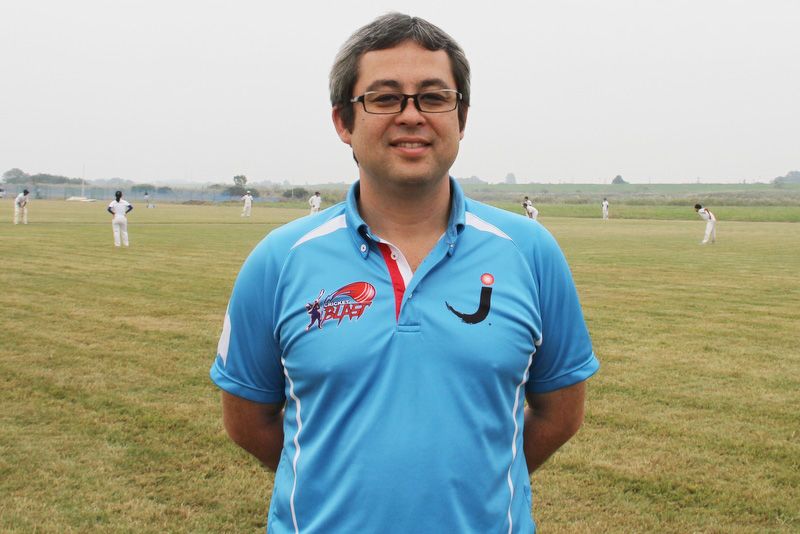 Japan Cricket Association CEO Naoki Alex Miyaji.
Japan Cricket Association CEO Naoki Alex Miyaji.
Naoki Alex Miyaji, who is CEO of the JCA, believes that Sano can stand as an example for other cities. “There are people coming here from Kyūshū and seeing a cricket pitch in Japan for the first time. Hopefully that will be an inspiration.” From the 1980s, the sport in Japan developed in small pockets due to the enthusiasm of individuals starting clubs at schools and universities. Since the turn of the century, though, the JCA has been working more systematically to build stronger foundations.
The Japan Cricket League is a 40-over competition established with the aim of developing strong club sides. By contrast, the Japan Cup, in the shorter 20-over format, looks to focus more on the social aspect and on inclusiveness. As Miyaji notes, “It gives everyone in Japan who plays cricket the chance to play at the national finals.” With a mix of participants from more traditional cricketing nations and Japanese players, there was a relaxed international atmosphere and much switching between languages.
Changing the Sporting Culture
Miyaji himself has a Scottish mother. His family ties led to a stay in Wimbledon in southwest London, where he attended a sports camp when he was 10. “That was where I first held a bat, bowled a tennis ball, and played some cricket.” Even so, it was not until he attended Keiō University that he started playing regularly. Before long, he became a national team player, ultimately “playing cricket in 13 different countries on every continent apart from the Americas.”
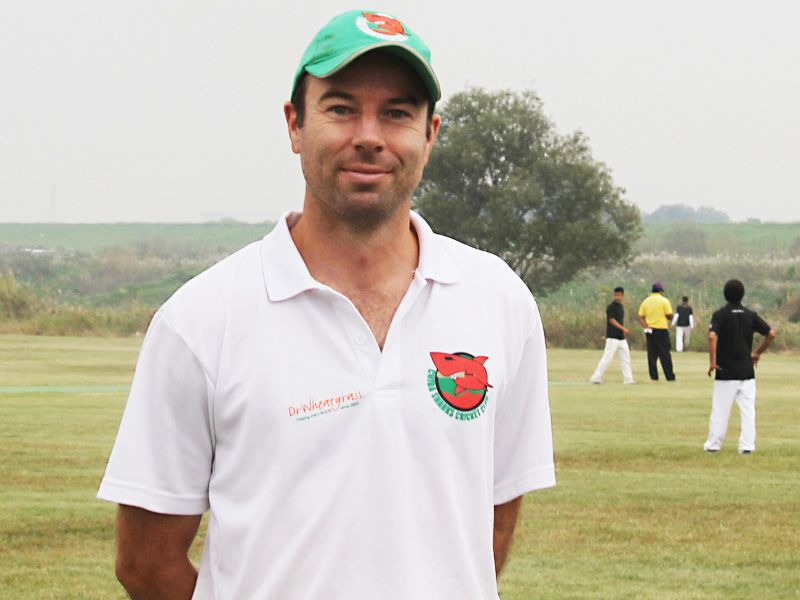 National team coach Dhugal Bedingfield.
National team coach Dhugal Bedingfield.
It is not always easy, however, for Japan’s national side to find opponents. “We’re a little bit starved of opportunities,” said Dhugal Bedingfield, an Australian who coaches both the men’s and women’s national teams. Most recently the women’s team, which is relatively stronger than the men, finished third in the East Asia Women’s Cup in South Korea. But even setting up this new tournament involved the coach in a lot of phone calls and other preparatory work.
While doing its best to improve the current squad, one of the JCA’s main targets is to expand the pool of available players in the future. The Cricket Blast program is a fun variation on the sport that teaches the basic skills to 14,000 Japanese elementary school students every year. Several current national players did not start playing until university, thus missing out on an early start that would have given them longer to develop their technique.
Through Cricket Blast, the sport is presented as a fun alternative to baseball and soccer, which can be quite regimented, even from an early age. “It’s not about the bushidō [samurai code], it’s not about ‘the way.’ It’s about enjoying yourself,” Miyaji said, adding that he wanted to change the rigid sporting culture in Japan. He also talked of cricket’s role in internationalization, noting how comfortable the young Japanese cricket players were interacting with people from different countries.
Expanding the Pool
Among the national team players at the Japan Cup was Takada Tsuyoshi, who has been representing Japan since his first year at Uenomiya High School in Osaka. Thanks to one particularly keen teacher, the school is notable for having a full cricket program from junior high school onward. In the six years he has played for Japan, Takada has made fond memories of a 2013 match against the Marylebone Cricket Club at Lord’s Cricket Ground in London to celebrate the 150th anniversary of the first cricket match played in Japan in 1863.
Yanagida Mai, the captain of Japan’s women’s team, only switched from softball to cricket when she decided to try a new sport at university. Earlier this year, she spent over a month with Melbourne’s Prahran Cricket Club, which has three players from the Australian national team. “It was really high-level play. I learned a lot, but I also saw I have a long way to go.” As well as improving her skills, she appreciated the lively atmosphere at games and enjoyed the practice of tea time and the clubhouse facilities.
Raheel Kano plays alongside Takada on the men’s team. As his father is Pakistani and he lived in Pakistan until coming to Japan at the age of 10, cricket has always been a part of his life. In a World Cricket League Division Seven tournament in Botswana in 2011, Kano was named the emerging player of the tournament. He talked enthusiastically about the future. “Japanese cricket is rapidly growing. Be ready to report everything.”
Japan’s performance in the 2015 Rugby World Cup, including a historic win for the Brave Blossoms against South Africa, demonstrated how minnows can mature. “There was this tweet going round in South Africa saying ‘Please don’t let Japan find out about cricket,’” said Miyaji, who was in London at the time of the victory.
There is no guarantee that Japan will be the team to rise, rather than other minor cricketing nations. Nonetheless, the JCA focus on developing players for the future promises ongoing improvement. Teaching skills early in schools is a way of expanding the pool; outreach activities may also cultivate other enthusiasts eager to spread the word of cricket. Bedingfield described Uenomiya as “a gold mine for bowlers,” which provides several players to both national teams, before going on, “Imagine if we had 10 schools like Uenomiya.”
(Banner photo: Japan men’s team players Takada Tsuyoshi [left] and Raheel Kano [center] and Japan’s women’s team captain Yanagida Mai [right].)